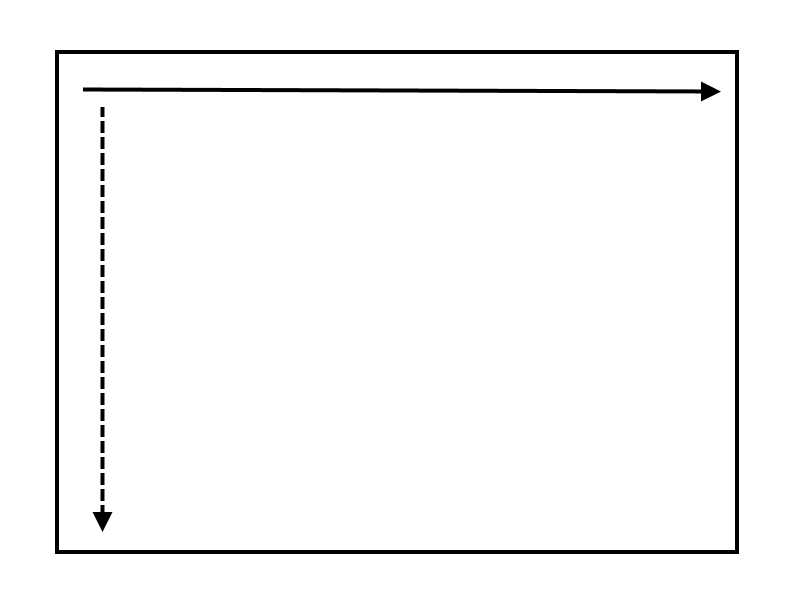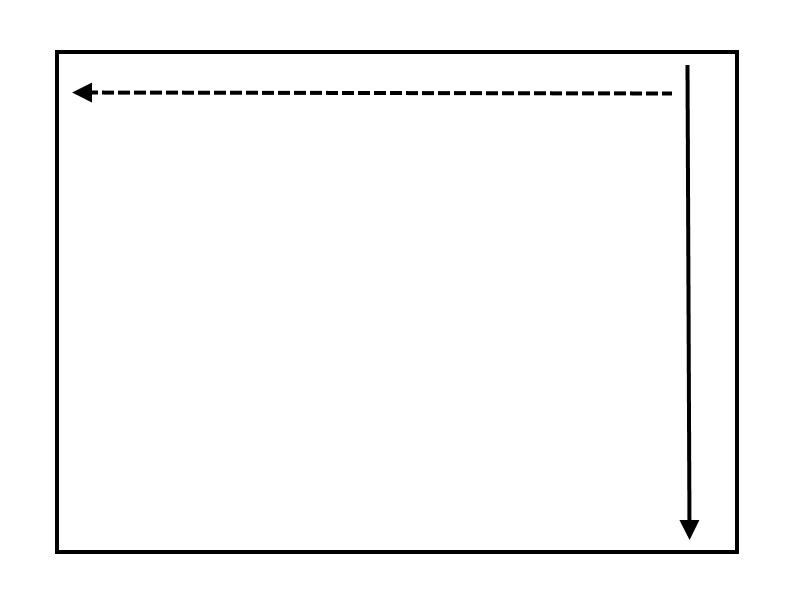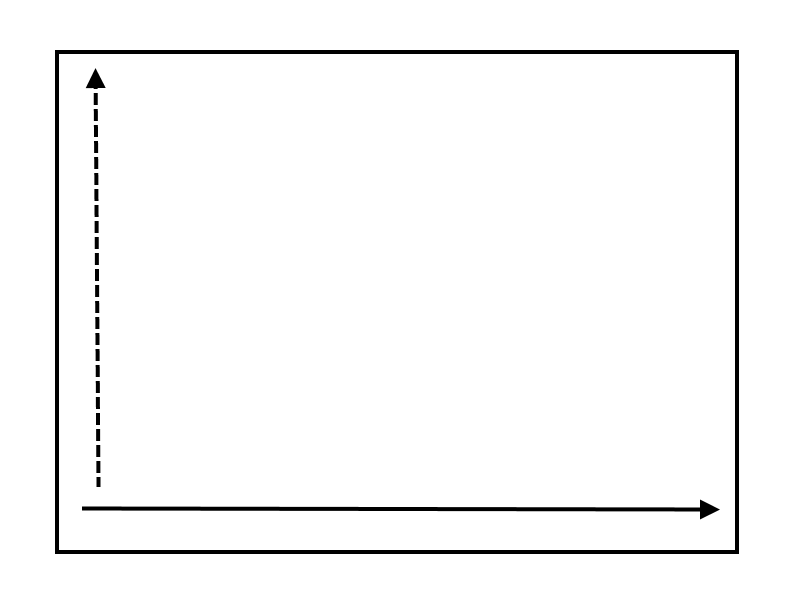OK. Andrew and I figured out what the problem was. Bottom line: the beam drift correction wasn't implemented correctly in CalcImage. This is now fixed and available for download from the Probe for EPMA Help | Update Probe for EPMA menu.
Now normally, with modern EPMA instruments equipped with beam current regulation, there is no significant drift in beam current (or WDS intensities for that matter- or what we refer to as standard intensity drift). So as long as one's electron gun is stable, and one's WDS spectrometers are stable, one will generally not require a drift correction for either beam current drift or WDS/standard intensity drift.
However, some instruments, usually near the end of filament life, will experience large changes in beam current. When acquiring x-ray maps for subsequent quantification, some beam current drifts will cause the detected x-ray intensities to change over long time scales. One can only hope that such beam current drifts are linear over time, but of course one can only hope!
In any case, to correct for such beam current drifting, one must apply an interpolated beam current over the map acquisition, especially if the drift is over an extended period of time. Recently Andrew Mott (see original post above), reported that he was experiencing significant variation in his quantitative results over some 24 hour mapping runs. We now know that his filament was about to expire and hence the observed beam instability.
However, this provided us with an opportunity to check the beam drift (and standard drift) correction procedures in the quantification of x-ray maps. In this particular case we were seeing a drop in beam current of over 10%. Even worse, the change beam current over time was quite non-linear. Probably due to the old age of the filament. This brings us to how the beam current drift correction should work.
In Cameca instruments (and also JEOL instruments performing a beam scan acquisition), the pixel acquisition order is what one would expect. The acquisition starts in the upper left, and proceeds to the lower right, with the X dimension being the direction of fast scanning. As depicted here:

The solid line being the fast scan direction, and the dashed line being the slow scan direction.
However, for JEOL instruments, while the beam scan pixel acquisition order is the same as the Cameca instruments, the stage scan acquisition pixel order is different. Specifically, the x-ray map acquisition proceeds from the upper right to the lower left with the fast scan direction in the Y dimension, and the slow scan direction being the X dimension direction as seen here:

My personal hypothesis is that this is a historical remnant from Nippon Steel requirements in the 1950s , but ultimately related to how Japanese newspapers written in Katakana are read. I could be wrong. In any case, the pixels are acquired in two different ways, and this is all complicated by the fact that the quantitative array processing in CalcImage is performed in yet another direction as seen here:

Hey, don't blame me, it's just math!
So in order to perform a proper time series drift correction for beam and/or standard intensity drift, one needs to calculate the fractional time based on the actual pixel acquisition order. But in two different manners, one for Cameca stage/beam scans and JEOL beam scans, and a different method for JEOL stage scans. Bottom line, we finally got this all working thanks to Andrew Mott and his failing filament!
More details to come, but if you have an unstable instrument you can test the improved beam drift and/or standard intensity drift correction in CalcImage, by simply updating from the Probe for EPMA Help | Update Probe for EPMA menu and trying the new drift corrections.